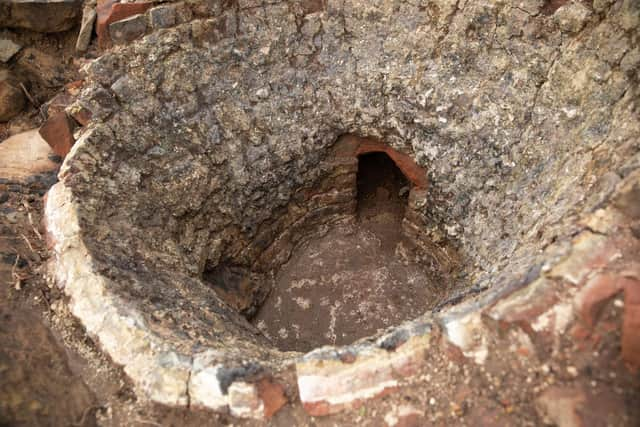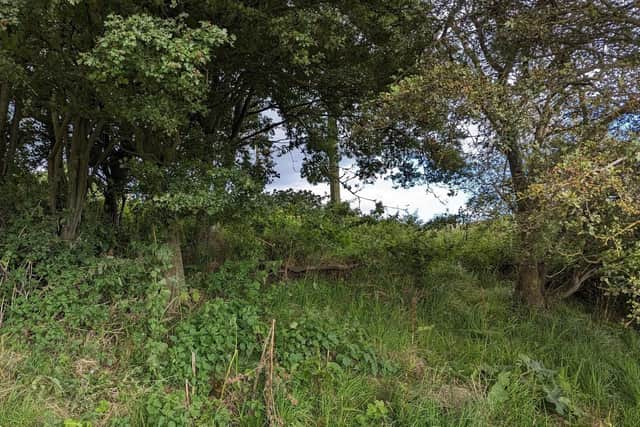Yorkshire farming couple stunned after 'unsightly heap' on their land turns out to be lost 18th-century lime kiln
What was previously a ‘pile of earth, bushes and nettles’ on David and Elaine Newham’s farm at Burniston, on the Scarborough side of the North York Moors National Park, has now been excavated by archaeologists.
The family had seen a kiln marked on old maps of their land, but assumed that no proper structural remains had survived. They applied for a grant to conserve historic buildings, and were given £12,000 by the National Park Authority to pay for investigations by Staithes-based Quercus Archaeology.
Advertisement
Hide AdAdvertisement
Hide AdThe dig uncovered a section of the main firing chamber and a ‘stokehole’ through which the fire would be fed with fuel.


Lime kilns were common in the area in the 18th century, when limestone would be brought from local quarries and fired in the kiln to produce quick lime, that would then be spread over fields as fertiliser.
Mrs Newham said: “It was completely neglected, just a heap of earth covered in discarded stones, bushes and nettles. It was marked on an old map as a kiln so we knew that’s what had been there, but we had no idea if anything was left of it.”
The site will now be investigated in more depth in the hope that the mound can be restored and made accessible to the public.
Advertisement
Hide AdAdvertisement
Hide AdThe National Park Authority’s farming in protected landscapes officer Dave Arnott said: “While lime kilns are not an unusual sight in the North York Moors landscape, they remain an important link to our agricultural and industrial past. It’s fantastic that Elaine and Dave want to conserve this heritage for future generations and can see the site’s potential for


Quercus Archaeology director Stephen Timms added: “I’ve been an archaeologist for 30 years and it never ceases to amaze me what is just under your feet. We weren’t expecting to see such a well-preserved kiln under what looked like a big pile of rubble. It has been great to be involved in such a positive project which adds to our understanding of rural life on the North York Moors.”
Comment Guidelines
National World encourages reader discussion on our stories. User feedback, insights and back-and-forth exchanges add a rich layer of context to reporting. Please review our Community Guidelines before commenting.
